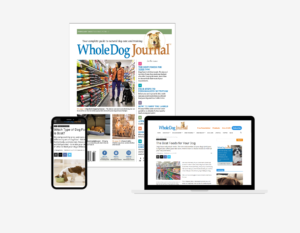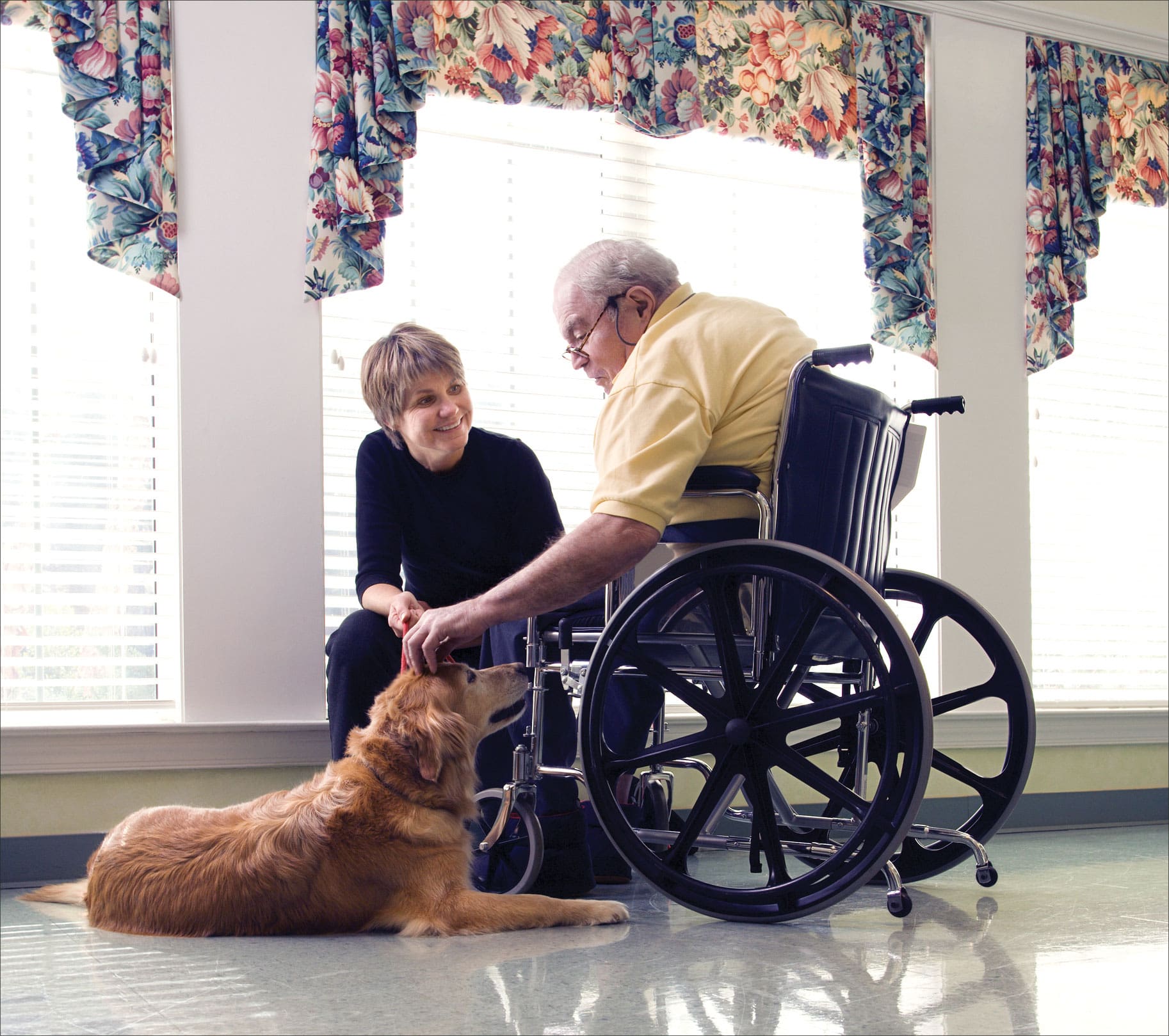California has a well-written, fair and comprehensive dangerous dog law. Some of most notable provisions are below (with my comments added). The law can be found in its entirety here: http://animallaw.info/statutes/stuscafoodagcode31601.htm
§ 31601. Legislative declarations and findings
The Legislature finds and declares all of the following:
(a) Potentially dangerous and vicious dogs have become a serious and widespread threat to the safety and welfare of citizens of this state. In recent years, they have assaulted without provocation and seriously injured numerous individuals, particularly children, and have killed numerous dogs. Many of these attacks have occurred in public places.
(b) The number and severity of these attacks are attributable to the failure of owners to register, confine, and properly control vicious and potentially dangerous dogs.
(c) The necessity for the regulation and control of vicious and potentially dangerous dogs is a statewide problem, requiring statewide regulation, and existing laws are inadequate to deal with the threat to public health and safety posed by vicious and potentially dangerous dogs.
Comment: It is common for legislatures to write a brief statement justifying the need for the law that follows. This can help you understand what they were thinking when they passed the law.
§ 31602. Potentially dangerous dog defined
“Potentially dangerous dog” means any of the following:
(a) Any dog which, when unprovoked, on two separate occasions within the prior 36-month period, engages in any behavior that requires a defensive action by any person to prevent bodily injury when the person and the dog are off the property of the owner or keeper of the dog.
(b) Any dog which, when unprovoked, bites a person causing a less severe injury than as defined in Section 31604.
(c) Any dog which, when unprovoked, on two separate occasions within the prior 36- month period, has killed, seriously bitten, inflicted injury, or otherwise caused injury attacking a domestic animal off the property of the owner or keeper of the dog.
Comment: These definitions are critically important to understanding and enforcement of the law. If, for example, a law includes the term “provoked,” then provocation should be clearly explained within the language, in order to avoid large loopholes. A behavior professional could argue that a dog doesn’t bite unless provoked, therefore all bites are provoked. The law can and should be clear about what constitutes provocation for the purposes of this specific statute. The California law is a good example of a two-tiered system as mentioned in the article on the previous pages.
§ 31603. Vicious dog defined
“Vicious dog” means any of the following:
(a) Any dog seized under Section 599aa of the Penal Code and upon the sustaining of a conviction of the owner or keeper under subdivision (a) of Section 597.5 of the Penal Code.
Comment: This section (a) pertains to dogfighting.
(b) Any dog which, when unprovoked, in an aggressive manner, inflicts severe injury on or kills a human being.
(c) Any dog previously determined to be and currently listed as a potentially dangerous dog which, after its owner or keeper has been notified of this determination, continues the behavior described in Section 31602 or is maintained in violation of Section 31641, 31642, or 31643.
§ 31604. Severe injury defined
“Severe injury” means any physical injury to a human being that results in muscle tears or disfiguring lacerations or requires multiple sutures or corrective or cosmetic surgery.
§ 31605. Enclosure defined
“Enclosure” means a fence or structure suitable to prevent the entry of young children, and which is suitable to confine a vicious dog in conjunction with other measures which may be taken by the owner or keeper of the dog. The enclosure shall be designed in order to prevent the animal from escaping. The animal shall be housed pursuant to Section 597t of the Penal Code.
§ 31621. Hearing on declaration of dog as potentially dangerous or vicious
If an animal control officer or a law enforcement officer has investigated and determined that there exists probable cause to believe that a dog is potentially dangerous or vicious the chief officer of the public pound or animal control department or his or her immediate supervisor or the head of the local law enforcement agency, or his or her designee, shall petition the superior court of the county wherein the dog is owned or kept for a hearing for the purpose of determining whether or not the dog in question should be declared potentially dangerous or vicious…
…The chief officer of the public pound or animal control department or head of the local law enforcement agency shall notify the owner or keeper of the dog that a hearing will be held by the superior court or the hearing entity, as the case may be, at which time he or she may present evidence as to why the dog should not be declared potentially dangerous or vicious. The owner or keeper of the dog shall be served with notice of the hearing and a copy of the petition, either personally or by first-class mail with return receipt requested. The hearing shall be held promptly within no less than five working days nor more than 10 working days after service of notice upon the owner or keeper of the dog. The hearing shall be open to the public…
…The court may find, upon a preponderance of the evidence, that the dog is potentially dangerous or vicious and make other orders authorized by this chapter.
Comment: This is not the entire section regarding the notice and scheduling of a hearing. The important point is that law enforcement must give you “due process” before depriving you of your “property” – in this case, your dog. This is where you need a good attorney. A well-written law requires that hearing to be held promptly, so that you are not deprived of your dog indefinitely.
§ 31622. Determination & orders; notice; compliance; appeal
(a) After the hearing conducted pursuant to Section 31621, the owner or keeper of the dog shall be notified in writing of the determination and orders issued, either personally or by first-class mail postage prepaid by the court or hearing entity. If a determination is made that the dog is potentially dangerous or vicious, the owner or keeper shall comply with Article 3 (commencing with Section 31641) in accordance with a time schedule established by the chief officer of the public pound or animal control department or the head of the local law enforcement agency, but in no case more than 30 days after the date of the determination or 35 days if notice of the determination is mailed to the owner or keeper of the dog. If the petitioner or the owner or keeper of the dog contests the determination, he or she may, within five days of the receipt of the notice of determination, appeal the decision of the court or hearing entity of original jurisdiction…
Comment: Again, this is not the entire section. The important point is that there should be some avenue for appeal – the law cannot take your dog away from you without due process. A good attorney will serve you well here, too.
§ 31623. Failure of owner or keeper to appear; decision
§ 31625. Seizure and impoundment pending hearing
(a) If upon investigation it is determined by the animal control officer or law enforcement officer that probable cause exists to believe the dog in question poses an immediate threat to public safety, then the animal control officer or law enforcement officer may seize and impound the dog pending the hearings to be held pursuant to this article. The owner or keeper of the dog shall be liable to the city or county where the dog is impounded for the costs and expenses of keeping the dog, if the dog is later adjudicated potentially dangerous or vicious.
(b) When a dog has been impounded pursuant to subdivision (a) and it is not contrary to public safety, the chief animal control officer shall permit the animal to be confined at the owner’s expense in a department approved kennel or veterinary facility.
Comment: This is the very scary part. Yes, they can come and demand that you turn your dog over to them. You can insist they wait while you get your attorney on the phone.
§ 31626. Circumstances under which dogs may not be declared potentially dangerous or vicious
(a) No dog may be declared potentially dangerous or vicious if any injury or damage is sustained by a person who, at the time the injury or damage was sustained, was committing a willful trespass or other tort upon premises occupied by the owner or keeper of the dog, or was teasing, tormenting, abusing, or assaulting the dog, or was committing or attempting to commit a crime. No dog may be declared potentially dangerous or vicious if the dog was protecting or defending a person within the immediate vicinity of the dog from an unjustified attack or assault. No dog may be declared potentially dangerous or vicious if an injury or damage was sustained by a domestic animal which at the time the injury or damage was sustained was teasing, tormenting, abusing, or assaulting the dog.
Comment: This is the language in this statute that clarifies what the court would consider “provocation.”
§ 31642. Keeping, controlling potentially dangerous dogs
A potentially dangerous dog, while on the owner’s property, shall, at all times, be kept indoors, or in a securely fenced yard from which the dog cannot escape, and into which children cannot trespass. A potentially dangerous animal may be off the owner’s premises only if it is restrained by a substantial leash, of appropriate length, and if it is under the control of a responsible adult.
Comment: Pay attention to the sanctions placed on your dog. Failure to do so can result in further legal action against you, including seizure and, worst case scenario, euthanasia of the dog.
§ 31644. Removal from list of potentially dangerous dogs
If there are no additional instances of the behavior described in Section 31602 within a 36-month period from the date of designation as a potentially dangerous dog, the dog shall be removed from the list of potentially dangerous dogs. The dog may, but is not required to be, removed from the list of potentially dangerous dogs prior to the expiration of the 36-month period if the owner or keeper of the dog demonstrates to the animal control department that changes in circumstances or measures taken by the owner or keeper, such as training of the dog, have mitigated the risk to the public safety.
Comment: Here’s that valuable rehabilitation component discussed in the accompanying article.
Your Local Laws
There is much more to the California statute, but of more relevance to you and your dog are the dangerous dog designations in your own jurisdiction. You may think your dog will never be the subject of such an action. But, just in case, it’s a good idea to research the laws that pertain to you, and do everything you can to make sure your dog never enters the dangerous dog law spotlight. It’s also a good idea to identify attorneys in your area who, like Heidi Meinzer, dedicate their careers to animal law. Ask for their thoughts on your local dangerous dog laws. If they are poorly written you can be part of the force for changing them to ensure better protection for the dogs in your community as well as the humans.










